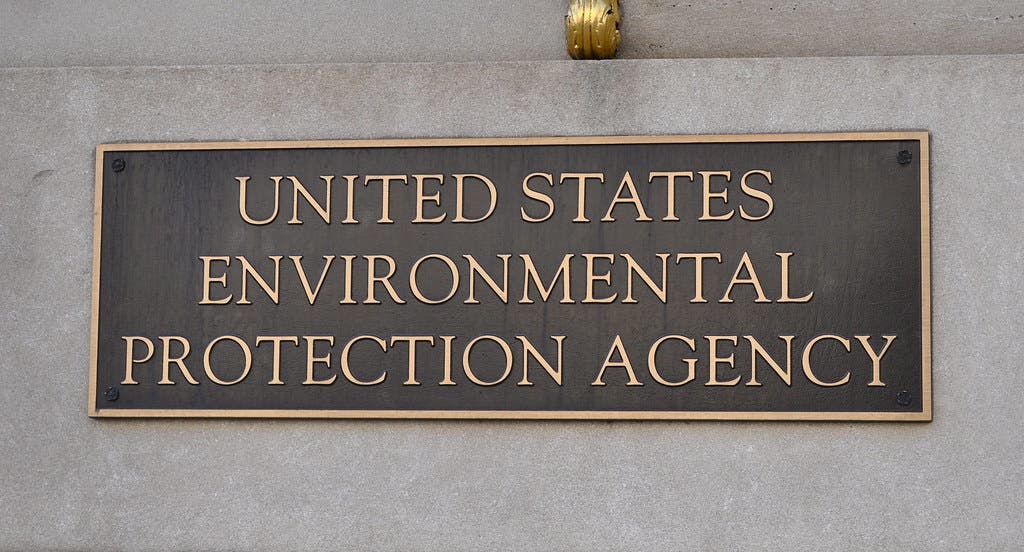Earlier this week, the EPA gave the green light on regulation that limits the production and domestic use of hydrofluorocarbons. These compounds are used for refrigeration and in air conditioners but are extremely powerful greenhouse gases, and even small leaks have an outsized effect on the climate.

The rules comes as part of the government’s American Innovation and Manufacturing (AIM) Act of 2020, and aims to slash production of hydrofluorocarbons (HFCs) in the U.S. by 85% over the next 15 years. In total this would reduce the country’s emissions by an estimated 4.5 billion metric tons of carbon dioxide equivalent by 2050.
Cutting back
“As we move in this direction, we are also opening up a huge opportunity for American industries,” Gina McCarthy, White House climate advisor, said during a briefing on Wednesday. “Reducing HFCs is a huge climate success story.”
EPA Administrator Michael Regan explained that the transition towards safer and more energy-efficient methods of cooling and refrigeration is expected to bring in around $270 billion, mostly in public health benefits and cost savings, over the next three decades. HFCs see use in various industrial and domestic applications where cooling or refrigeration are needed, but the new rule deals predominantly with domestic users. The National Association of Manufacturers, American Chemistry Council, and the Air-Conditioning, Heating, and Refrigeration Institute are among the backers of the regulation.
This piece of regulation is backed by industry groups who hope it will launch the U.S. to the forefront of the manufacturing and production of alternative refrigerants. It has also been hailed as the most significant climate change law passed by Congress in the last decade. It draws its roots from a 2016 amendment to the 1987 Montreal Protocol on ozone pollution which calls for the U.S. and other large industrialized countries to reduce HFCs by 85% by 2036.
Besides goals to reduce the production and use of HFCs, the AIM act is intended to also foster technologies in the areas of carbon dioxide capture and storage in order to limit emissions from power generation and manufacturing facilities. It also calls for a shift away from diesel engines in public transport and other vehicle categories.
The regulation enjoyed bi-partisan support, with the chairman of the Senate Environment and Public Works Committee Sen. Tom Carper, D-Del., and Sen. John Kennedy, R-La., being two of its main backers. Both represent states that are home to companies producing alternative refrigerants and said that they backed it to ensure regulatory certainty for their states.
The Biden administration adds that it’s also exploring new options to ensure that the new regulations around HFCs are enforced, including the creation of an interagency task force to prevent illegal trade, production, use, or sale of the compounds. This task force will most likely be led by the Department of Homeland Security, and the EPA’s offices of Air and Radiation and Enforcement and Compliance Assurance. It will have jurisdiction to act both against illegal producers on U.S. soil and to “detect, deter, and disrupt” attempts to illegally import these chemicals into the country.
The need for such a task force was made apparent by the European Union’s difficulties in implementing similar policies against HFCs, according to Goffman.
“Unfortunately, [the EU] has experienced a lot of illegal activity [on this issue]” he says. “We’re going to be vigorous and proactive.”
The State Department has been preparing for the formal ratification of the amendment, and the documents are now awaiting submission to the Senate.









